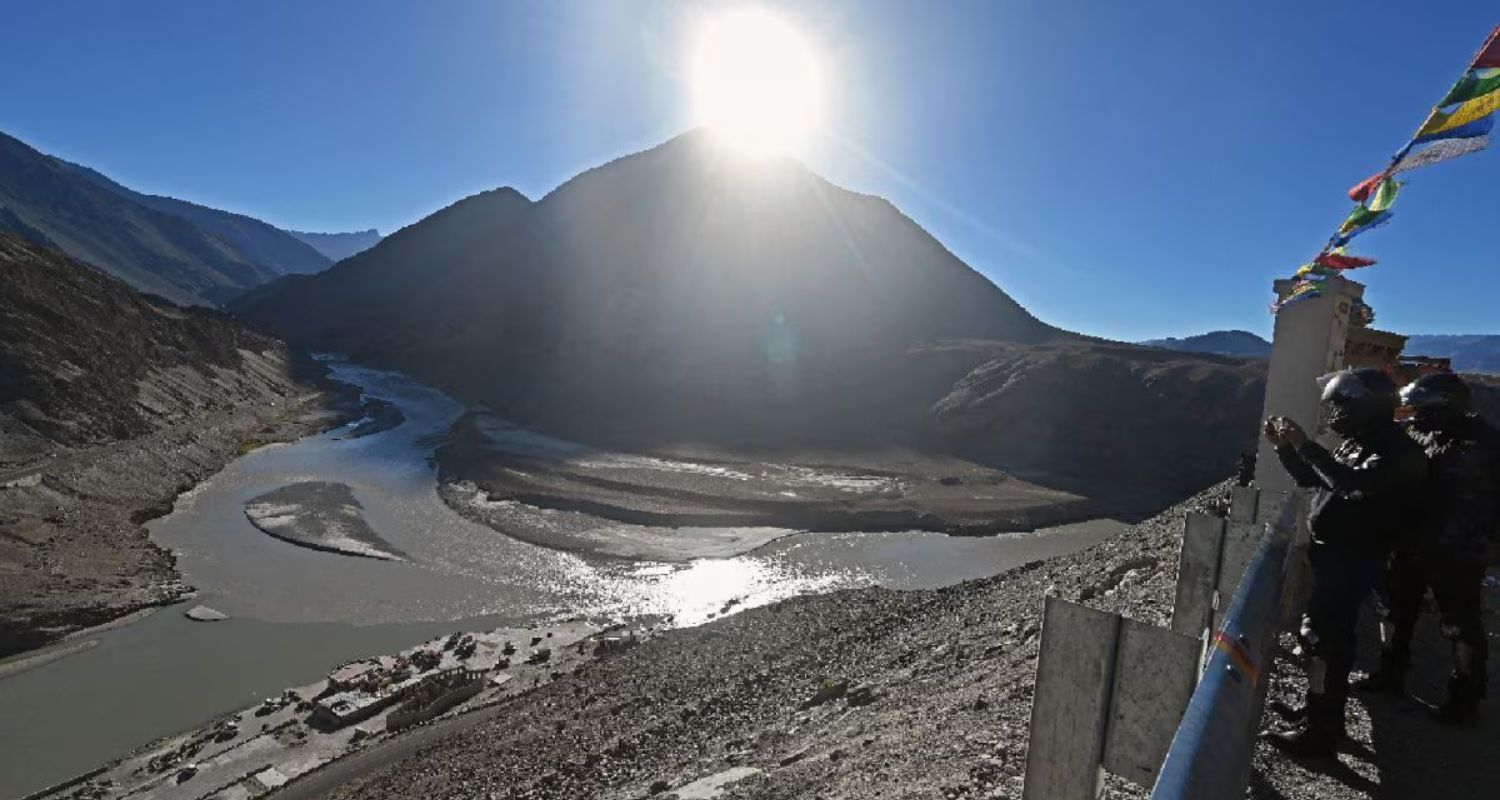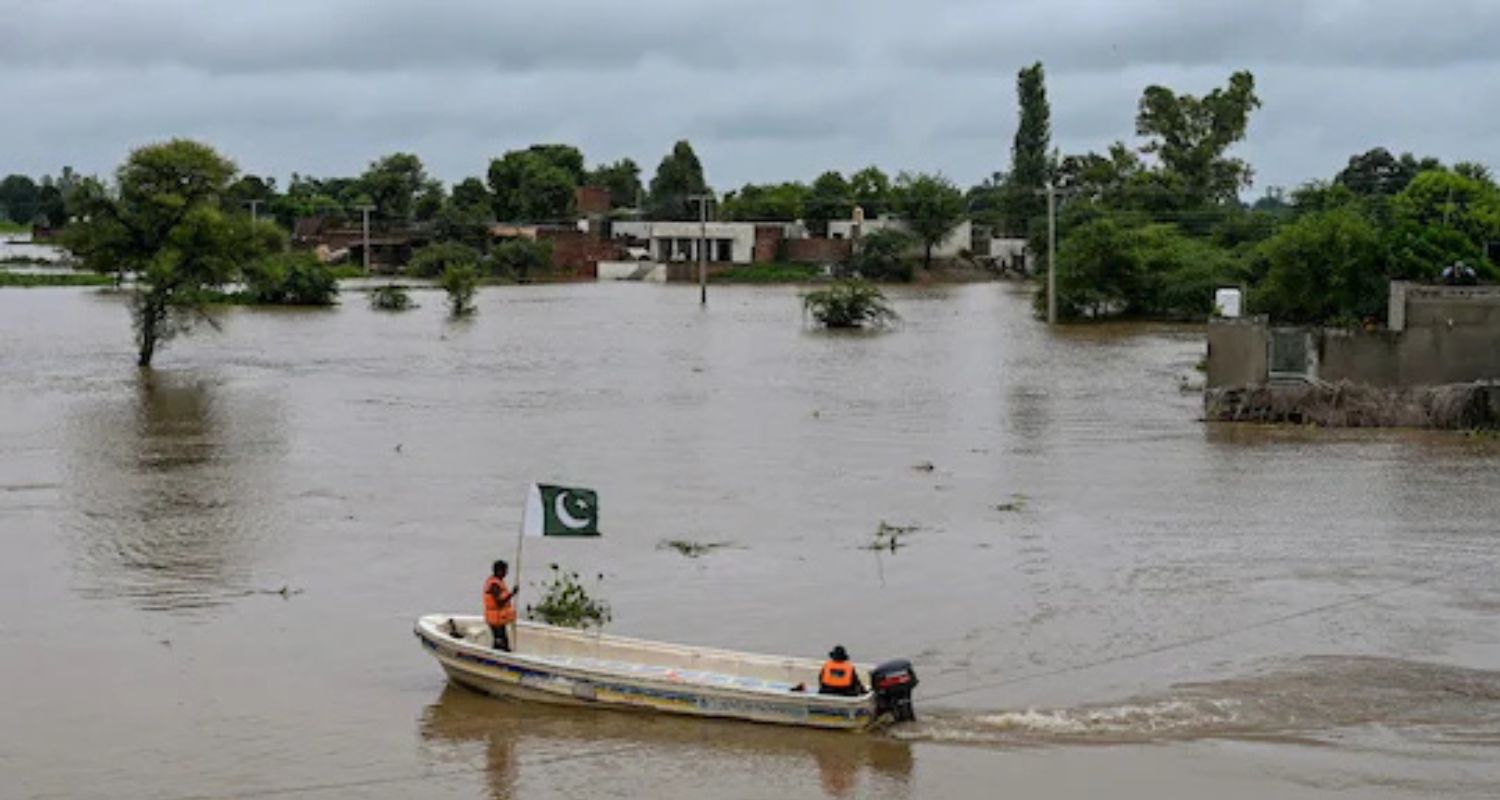India reportedly informed Pakistan of the Tawi River flood situation as a goodwill gesture amid escalating diplomatic tensions. Since the regular route for the Indus Waters Treaty (IWT) is still suspended due to a recent terror attack in Pahalgam, this information was communicated through the Indian High Commission in Islamabad.
While there has been no official confirmation from either country, if the claims are true, this would be the first time India has used its diplomatic mission to share such information. Typically, this data is shared between the two nations' Indus Water Commissioners under the decades-old Indus Waters Treaty.
The treaty's provisions for information exchange have been on hold since a terror attack in Pahalgam, which resulted in the deaths of 25 Indian nationals and one Nepalese citizen, with several others injured.

Citing sources, reports indicate that India warned Pakistan about a potential major flood in the Tawi River in Jammu. The Indian High Commission in Islamabad reportedly conveyed this alert on Sunday. Subsequently, Pakistani authorities issued their own warnings based on the information provided by India.
The Indus Waters Treaty (IWT)
The Indus River, which originates in Tibet, flows through Kashmir before traversing the entire length of Pakistan. The Indus Waters Treaty, a landmark agreement brokered by the World Bank, has governed the use of the Indus River and its tributaries between India and Pakistan since 1960.
The treaty allocates the western rivers (Indus, Jhelum, Chenab) to Pakistan and the eastern rivers (Ravi, Beas, Sutlej) to India. It grants India 20 pc of the water from the Indus River System, with the remaining 80 pc going to Pakistan. The treaty also allows for certain uses of the rivers allocated to the other country.

A day after the Pahalgam terror attack on April 22, India announced a series of punitive measures against Pakistan, including the "abeyance" of the Indus Waters Treaty. This suspension means India has stopped sharing water level data for the three rivers with Pakistan. During monsoon seasons, India's early warnings about rising river levels previously helped Pakistan issue timely evacuation alerts for people in low-lying areas of its Punjab and Sindh provinces.
This recent alert is being seen as a goodwill gesture amid the deteriorating bilateral relations between the two nuclear-armed neighbors, which followed a brief military conflict in May.
Also Read: Monsoon fury claims 351 lives in northwest Pakistan
Floods and Monsoon in the Region
In the meantime, Pakistan continues to be devastated by the monsoon season. Unrelenting rains since June 26 have caused extensive damage, killing at least 788 people and leaving over 1,000 others injured. The National Disaster Management Authority (NDMA) of Pakistan reports that 471 men, 117 women, and 200 children were among the dead.
With 469 fatalities, Khyber Pakhtunkhwa has reported the most, followed by Punjab (165), Sindh (51), Balochistan (24), Pakistan-occupied Gilgit-Baltistan (45), Pakistan-occupied Kashmir (23), and Islamabad (8).
Officials in India have been directed by Jammu and Kashmir Jal Shakti Minister Javed Ahmed Rana to keep a constant eye on the water levels in all significant river systems, with an emphasis on the Jhelum, Ravi, and Tawi rivers and their tributaries in the Indus basin.
Advisories have also been issued by Indian authorities, warning people to stay away from areas that are prone to landslides and bodies of water. This is in reaction to a weather forecast that calls for moderate to heavy rainfall through August 27 along with the potential for landslides, cloudbursts, and flash floods in high-altitude regions.
Also Read: Flash floods kill 260 across India and Pakistan



